My grandson, Ari, turned one year old right as I was beginning to work at the Mayberg Foundation. I felt like we were at the same developmental stage. He was struggling to find his balance, and I was also unsteady on my proverbial feet. Together we learned and grew and made progress.
Our shared experience made me reflect on the learning process. What does it take for someone to learn and grow? How is it that in just one year, there can be so much growth - physical, emotional, intellectual, spiritual? Can an adult grow as much? It sent me back to Erikson, Piaget and all of the other seminal thinkers who try to codify development.
The idea that there are developmental stages never bothered me before. However, watching my grandson and learning a new job in tandem with him, made me think more deeply about continuous development. Of course there is a social and cultural context which embraces the learner! Ari and I would not be able to make progress without significant guidance from people who know more than we do, from the opportunity for properly scaffolded learning experiences, and from learning that is curated specifically for us.
Suddenly, there were echoes of Vygotsky who believed in learning as a social process. In our day schools, we maintain a particularly precarious balance. On one hand, we want to personalize learning for our students in order to engender curiosity that stimulates their own intrinsic motivation. On the other hand, we must create a unique and shared process that ensures the relevance of the lived Jewish experience. Each student needs to grow in order to fulfill their own particular purpose and each student needs to participate in a communal context.
This is exactly the balance that exists in the whole structure of Jewish life. We have an obligation to take individual action and we have an equal calling to act on behalf of the community. That balance necessitates guiding and supporting each other. Passover brings multiple examples of this. One is the deceptively simple narrative of the four children. Each child is obligated to reflect on being an individual escapee from slavery in Egypt and also a part of the Jewish people. No matter whether the child does not know how to ask what that should mean personally, or does not demonstrate curiosity or even is wise beyond her years, we are obligated to identify the unique messaging that will help that child find their individual place in the greater Jewish collective.
As we journey through the story of our personal and collective redemption this year, we can also reflect on the Jewish classrooms filled with students. How are we guiding them toward their personal bests? How are we ensuring that they feel part of our grand nation? How do we establish an intentional and strong platform from which emanates the continuous growth and development necessary for being a lifelong learner in the chain of Jewish existence? The answer lies in each of us recognizing the centrality of our roles in the lives of others. Teachers must take care of our own individual Jewish lives while paying close attention to the unique needs of our students. Vygotsky would want us to invest in ensuring that we are helping them reach just beyond where they can imagine, stretching their capacities.
I have heard about two beautiful midrashim on the crossing of the Reed Sea that together encapsulate this idea. In one midrash, as the Egyptians are closing in on us, 12 lanes open up - one for each of the 12 tribes. This speaks to our collective experience. In another midrash, 600,000 lanes open up - one for each person who has escaped. Together, these ideas form a model that is both personal and collective. Now that Ari is turning 2 and I am entering the beginning of my second year at the foundation, I more clearly understand the complicated dynamics of meeting individual needs within a collective; it is challenging to balance the 12 channels alongside the 600,000 channels. May each of us and all of our students find our own satisfying paths to lifelong Jewish learning and growth.

